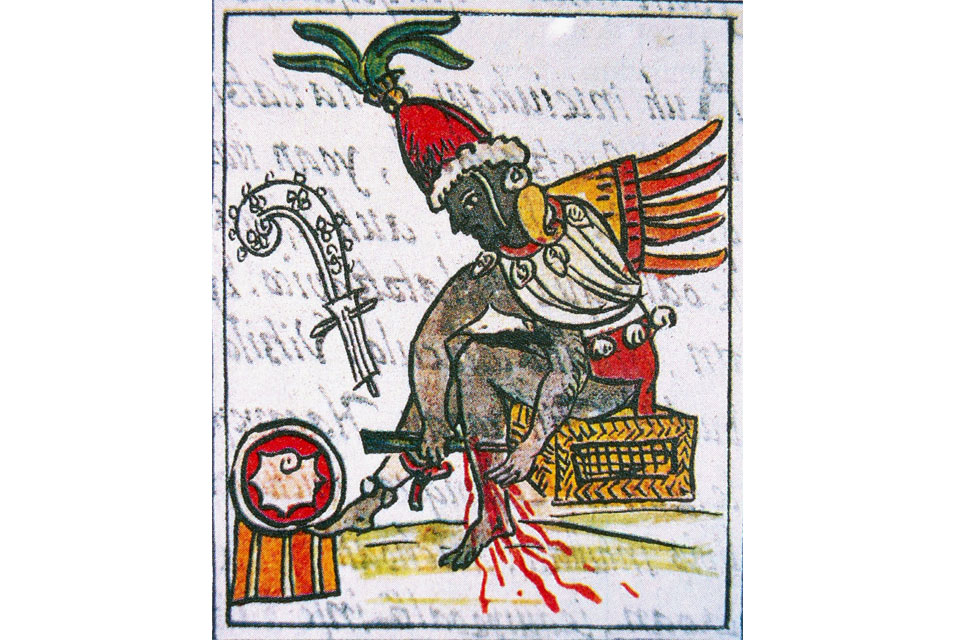
Bilingual and bicultural, this ancient encyclopedia was written in two columns, one in Nahuatl and the other in Spanish as a summary, and is integrated by 4,000 handwritten pages with 2,686 colored images; each book has a prologue where Sahagun places the work in its dimension and time.
Restorer Diana Magaloni had access to the original document at the Laurentian Library (Biblioteca Medicea Laurenziana) in Florence, Italy, to deepen research: She refers that being as it is one of the most important Mexican pictographic documents guarded abroad, it must be included in the Mexican Digital Library.
Magaloni, who directs the National Museum of Anthropology (MNA), remarks that Florentine Codex is a true testimony of the role of Indigenous intellectuals in the 16th century cultural process; "these grammarians spoke 3 languages: Nahuatl, Latin and Spanish, they could read all the texts of European tradition, incorporating 3,000 years of writing and illustration, to create a bicultural work "where I, Indigenous, explain you, European".
During her investigation, the National Institute of Anthropology and History (INAH) specialist revised the pigments used to manufacture the codex, by studying the 11th Book, where the treaties related to the way to prepare colors are.
"In this section they conceptualize that colors have a great variety of tones and explain how to prepare them, with complicated methods where color and material have symbolism related to Mesoamerican cosmogony".
The collaboration between the National Autonomous University of Mexico (UNAM) and the National School of Conservation, Restoration and Museography (ENCRyM) reveals how tlacuilos experimented with European painting and printing techniques that were new then.
"While experimenting, tlacuilos insisted on expressing their own knowledge, traditions and myths, using external techniques". Besides the study of the 11th Book, ENCRyM restorers have worked for 30 years with Indigenous communities to learn how to obtain natural dyes.
The work is integrated by 3 volumes and 12 books, as European encyclopedias. As medieval editions, it divides knowledge of the world in deities, humans, and nature.
This enormous16th century intellectual enterprise took place during the great plague that annihilated 80 per cent of Indigenous population; the document testifies for the compromise of 20 Nahua authors that decided to finish the work in spite of the death of masters, friends and relatives.
A group of tlacuilos and grammarians locked themselves up in the Colegio de Santa Cruz de Santiago Tlaltelolco to finish the work regardless of death, commented Magaloni. "This adds up value to the document that recovers the Indigenous knowledge that Sahagun knew was about to disappear".
Magaloni concluded mentioning that "it is necessary that this work is available for Mexicans to know it, appreciate it and analyze it, and digitalization will allow us to do so".



Reader Comments
to our Newsletter